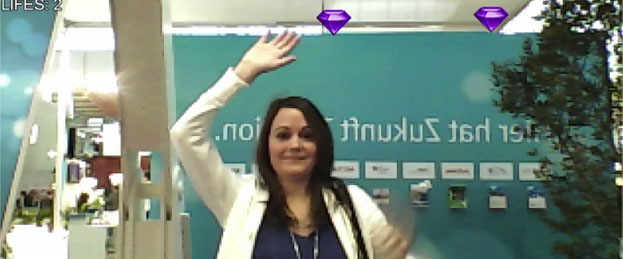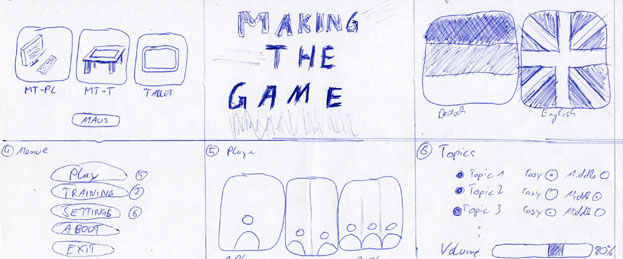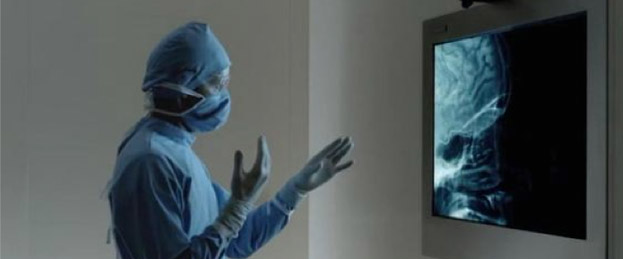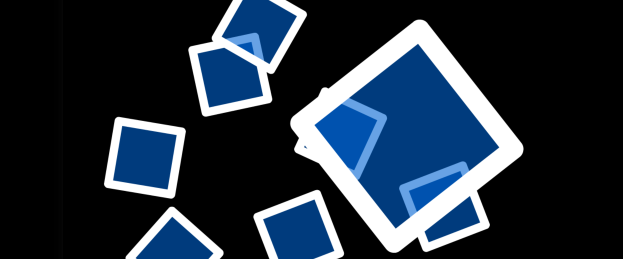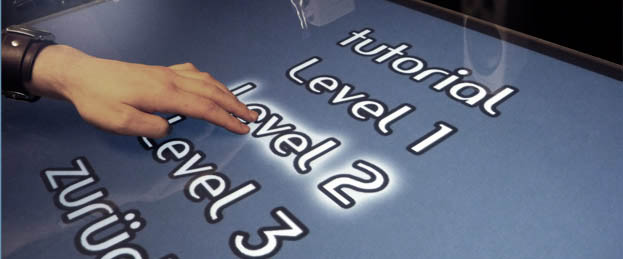Making The Game – Teil 17: Evaluation und Einsatz der Anwendung
The aim of this work has been to develop an edutainment application for natural user interfaces that can be used in the classroom and at home. They should encourage children and young people on a funy way to test their newly acquired knowledge. Care was taken that the game motivates learners by appealing animations, cut scenes and mini-games. Since it is important in the learning process that the learner feels comfortable, the actual knowledge query was packed in a trivia game. Thus, the player does not notice that he just answered questions that could be used just as well in an exam. General Due to time constraints, unfortunately, […]

